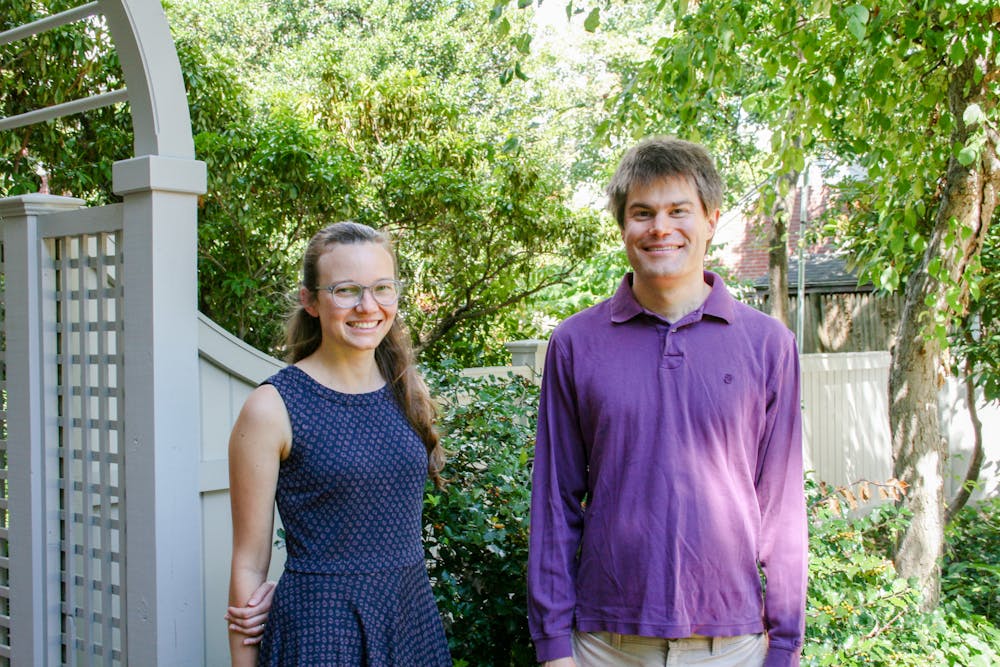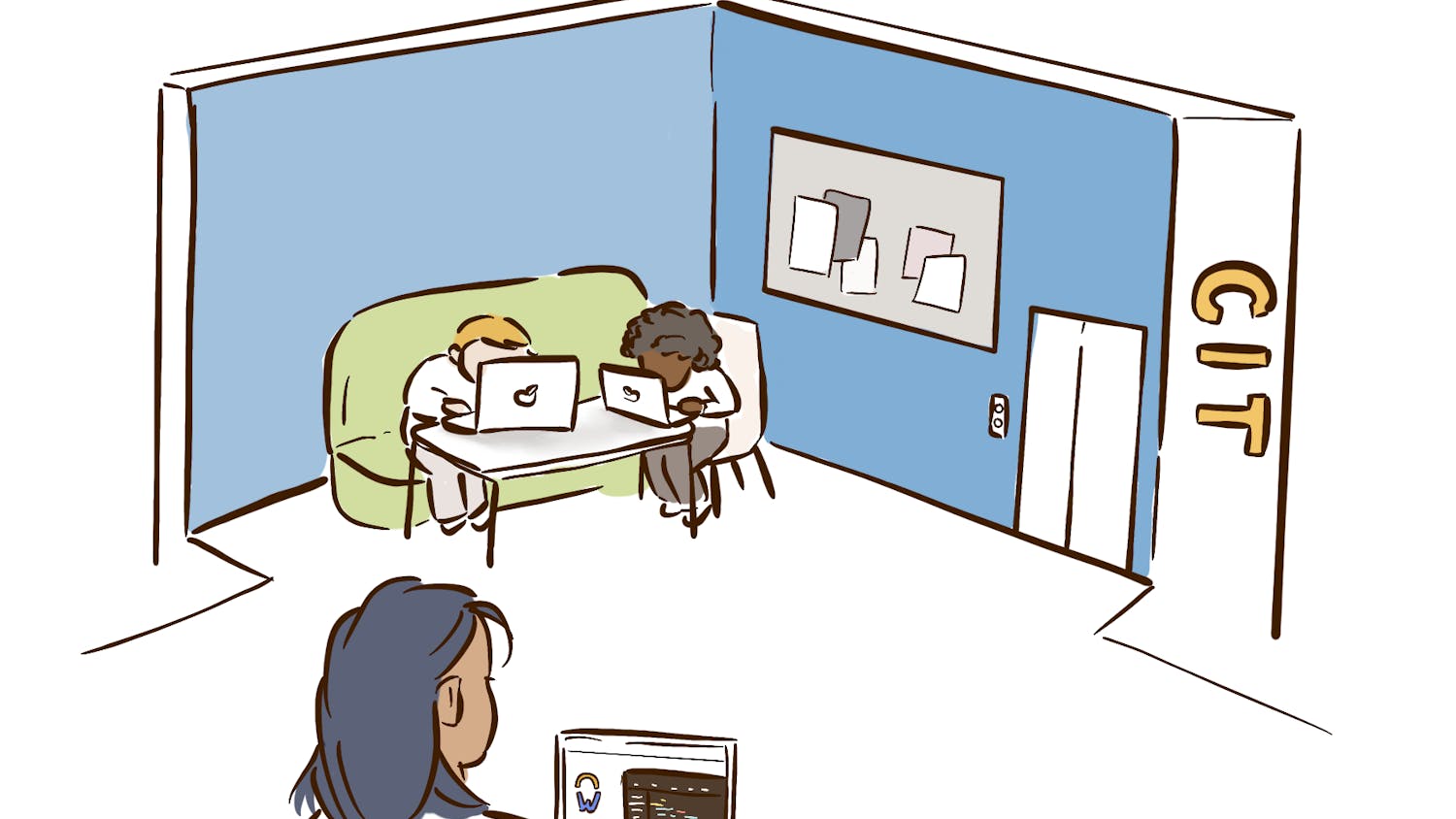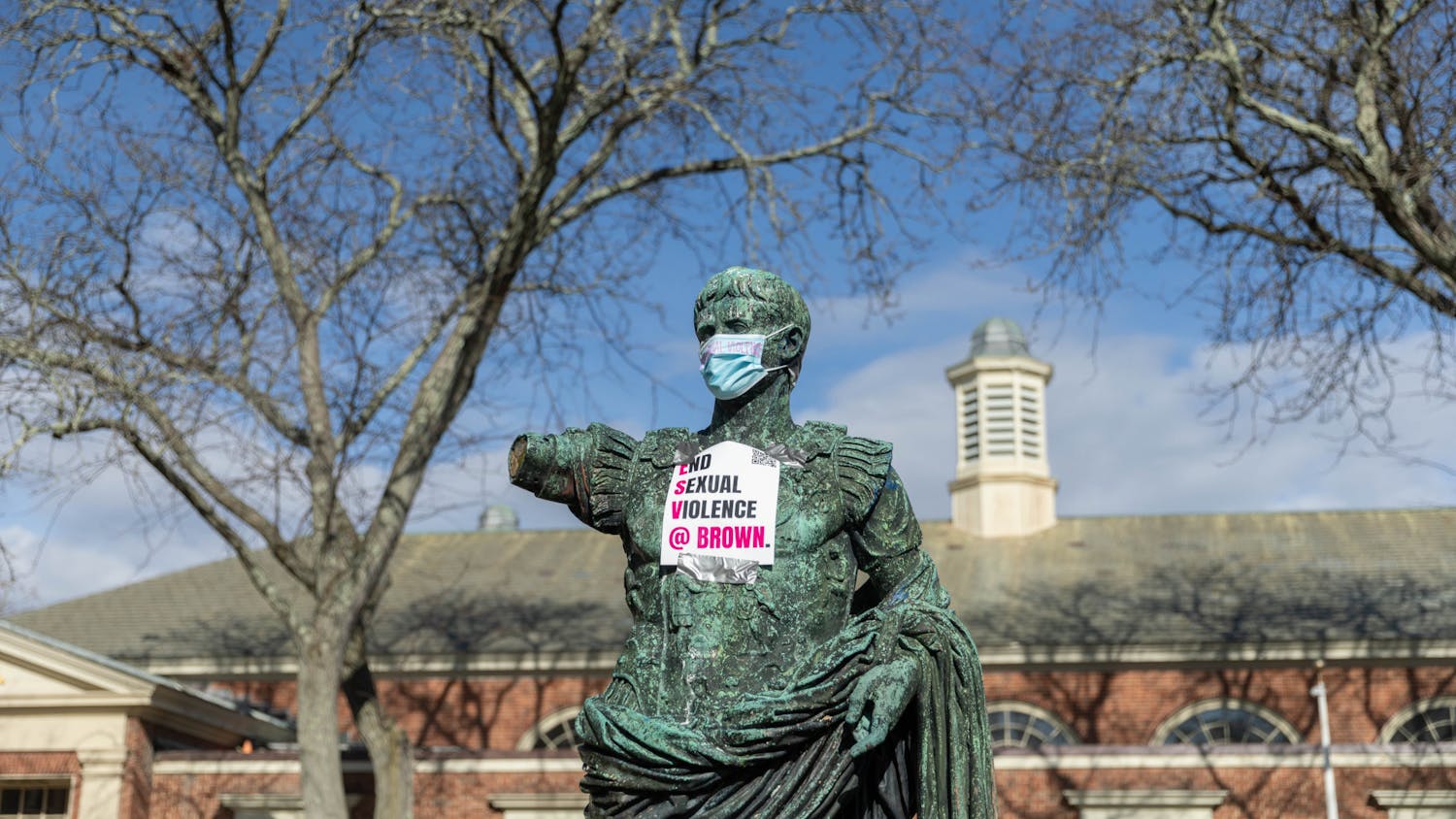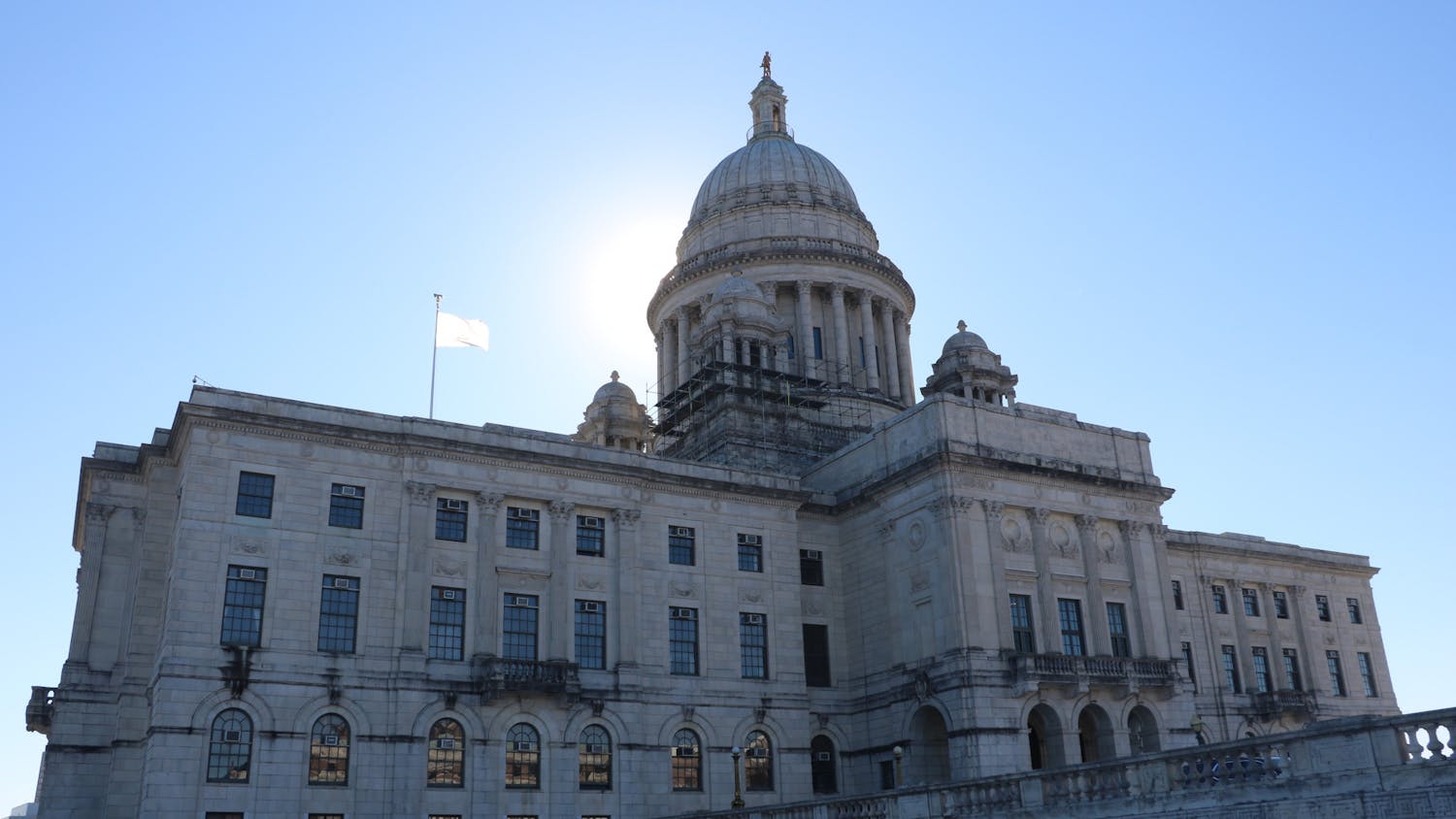One year ago, Assistant Professors of Mathematics Eric Larson and Isabel Vogt made mathematical history by reaching a breakthrough that had stymied other mathematicians since the 1800s. In a published last January, Larson and Vogt solved the interpolation problem — a discovery that deemed one of 2022’s .��
They also happen to be married to each other.��
The interpolation problem deals with the fundamental nature of curves, Ravi Vakil, a mathematician at Stanford University, last summer.��
According to Vogt, the interpolation problem addresses the question, “given a random collection of points in some space, when does there exist a curve of a specified type through those points?” she wrote in an email to The Herald.��
“The basic examples make this more clear I think: if I make the type be lines in a (two)-dimensional space, then given (two) random points, I can always find a line through those points, but given (three) random points, they won't lie on a line,” she explained. “So we say that a line interpolates through (two) points.”
Larson and Vogt solved the interpolation problem by figuring out the number of general points that types of curves can pass through “more generally in an arbitrary dimensional space with the possible types of curves that live there,” she said.
Prior to Vogt and Larson’s proof, there were no fully effective methods to solve this problem. But the publication of the proof marked the culmination of years of work by the couple. The two worked on this problem for over a decade, spending considerable time studying interpolation in their graduate school papers at the Massachusetts Institute of Technology, Vogt said.��
Though their accomplishment is best described as a series of smaller breakthroughs rather than one large one, it represents major progress in algebraic geometry and the world of mathematics at large, said Dan Abramovich, professor of mathematics.��
For Vogt, the couple’s progress consisted of several small victories which became smaller pieces of a larger puzzle.��
“It would be overly simplistic to describe the solution as one moment,” she said. “There was a sequence, coming up with some good ideas or techniques that might help us attack the problem.”
Vogt described the mathematical process as a “slow burn,” recalling meticulous cycles of checking individual details and using a computer to run tens of thousands of tests.��
“There was no ‘aha!’ moment,” Larson said. “We would say we had an approach to this problem that feels promising but never really knew how it was going to work out until we were done.”
The pair ran thousands of cases through a computer program to see if their solution was correct, Vogt said. The computer was unable to check a handful of cases, meaning that the couple had to do “some more interesting math,” she added.
Fortunately, when the pair had a new idea, Larson and Vogt never had to travel too far to try it together, Larson said. “It’s not like I have to say, ‘Let’s meet at the department at 3 p.m.,’ ” he added. “Living together certainly has helped, and we were able to work at odd hours.”
Noting the unique circumstances she and Larson shared, Vogt said she was happy to have been able to share her passions with her partner.
“Obviously, your job or your research is a big part of your life, but it’s kind of amazing when another big part of your life, your personal life, intersects” one’s work, Vogt said. “Eric and I are able to talk and understand each other well. … We understand the other person and have different strengths. It’s a very close relationship, both personally and professionally, and that makes it really nice.”
Abramovich commended the couple’s work together, saying that their achievement came as no surprise to him.��
“I was expecting them to do great things because they have already done great things,” Abramovich said. “I was just anxious to see what the next great thing would be in regards to this particular work.”
In 2017, a presented by Larson made him a “rising star” in the field of algebraic geometry, according to , while Vogt “ all cases of interpolation … in three-dimensional space” when she was in graduate school.
Abramovich also explained that Vogt and Larson’s solution for the interpolation problem is the culmination of various pieces of their prior work.
“The fact that they have been able to do this after years of steady progress is amazing,” he said. “This is a really big deal — this is a major progress in algebraic geometry and our subject.”
According to Vogt, solving the interpolation problem creates the potential for progress in both real-life and theoretical applications of its underlying concept.
QR codes, Vogt explained, all feature “error-correcting codes,” or codes that can self-correct errors when being read. “The basis for error-correcting codes, from the 1960s to today, is the interpolation problem,” she said. “So it actually really does have practical applications to the things we use in our daily lives.”
“I think the best selling point is (that) we’ve solved a natural fundamental problem in math,” Vogt added. “And because it’s a natural fundamental problem, it’s reasonable to expect that down the line, there might be some other applications.”
Correction: A previous version of this story misnamed the interpolation problem. The Herald regrets the error.

Sofia Barnett is a University News editor overseeing the faculty and higher education beat. She is a junior from Texas studying history and English nonfiction and enjoys freelancing in her free time.




